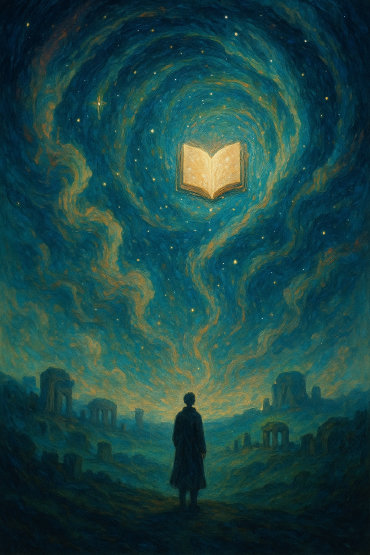In the digital age, connecting the breath of culture
The Era of Digital Revolution
In the 21st century, we find ourselves in the midst of a digital revolution. Technology is transcending the level of mere tools and transforming the very ways we live, think, and perceive the world. Among these changes, digital innovation centered around creativity is rewriting even the methods of preserving cultural heritage and education. This journey of translating memories from the past into the language of the future is becoming more dynamic alongside technological advancements. We are now at a crucial point of reflection on how culture and technology have embraced each other and what futures their encounter may open up for us.
Revisiting the Past through the Lens of Digital
In the late 20th century, when digital technology was just beginning to blossom, the world of cultural heritage still relied heavily on analog methods such as paper documents, film, and on-site preservation. Access was difficult, preservation was unstable, and the barriers of time and space remained high. However, as computer graphics, 3D scanning, and image processing technologies gradually began to be introduced, the situation started to change. This initial digitalization mainly stayed at the level of organizing and storing data, but the changes it brought about were by no means insignificant. Cultural heritage became accessible online, laying the groundwork for researchers around the world to look at and discuss a shared heritage across time and space. However, it was clear that the images on screens could not fully replace the emotional impact of tangible heritage.
When Technology Embraces Art — The Rise of Creativity-Based Platforms
Now, technology has become not just a means of preserving the past, but a soil for creating new cultures. Artificial intelligence, VR/AR, big data, and blockchain — all these technologies combine, and we live in an era where we can connect the past and imagination in a three-dimensional way. Through virtual reality, we can 'walk' through ancient ruins, and with augmented reality, ancient artifacts come to life before our eyes, while AI analyzes our learning patterns to provide personalized educational content. At the center of this change is 'creativity'. It is not about listing structured information, but rather reconstituting cultural heritage into living stories, allowing learners to participate in those stories — this is the new horizon of education and preservation today.
Reconstructing Learning - Combining Immersion and Imagination
The digitalization of cultural heritage is now changing the very way we learn. Beyond simple restoration and preservation, learners can 'enter' into culture through various means such as virtual museums, digital craft experiences, and augmented cultural experiences. This immersive experience not only conveys information but also stimulates emotions and senses, fostering deep cultural sensitivity and creative thinking. Moreover, this learning is accessible to anyone, anywhere in the world, enabling a shared cultural understanding that transcends geographical and linguistic barriers. We are now engaging with cultural heritage as 'participants' rather than mere 'spectators.'
Technology, culture, and responsibility — Challenges of sustainable digital transformation
However, the advancement of technology does not automatically solve all problems. Digital inequality, lack of understanding regarding data security, and cultural sensitivity are challenges we must confront and address. In particular, it is essential to ensure that technology does not alienate or distort traditions, requiring careful and ethical design. For this reason, international cooperation is becoming increasingly important. Establishing global standards, sharing data, and protecting digital copyrights through blockchain technology are key mechanisms for the sustainability of digital culture, and countries are developing collaborative platforms in line with these trends.
The Path Towards the Future - A Harmonious Tomorrow Created by Creativity and Responsibility
The future is not merely a world where technology advances. It is a turning point of a new civilization where human imagination, the context of culture, and ethical responsibility harmonize. The infinite possibilities created by technology lead to true innovation only when they meet creative imagination. What we need is the power to go beyond merely preserving cultural heritage, to rewrite it in the language of the modern age and to make it live and breathe with future generations. To achieve this, the public and private sectors, technologists and artists, educators and policymakers must work together.
Conclusion - Technology that Embraces the Past, Culture that Opens the Future
Right now, we are rewriting humanity's deep memory and artistic spirit in a new language of digital on an unprecedented wave of technology. This is not merely the use of technology for preservation, but a process of asking fundamental questions about who we are, what we will remember, and what kind of world we will pass on to the next generation. Technology is a powerful tool. However, how we use that tool for certain values ultimately rests with us as humans. When creativity and responsibility go hand in hand, we can welcome a new era of cultural heritage and a more human digital future.

Post a Comment